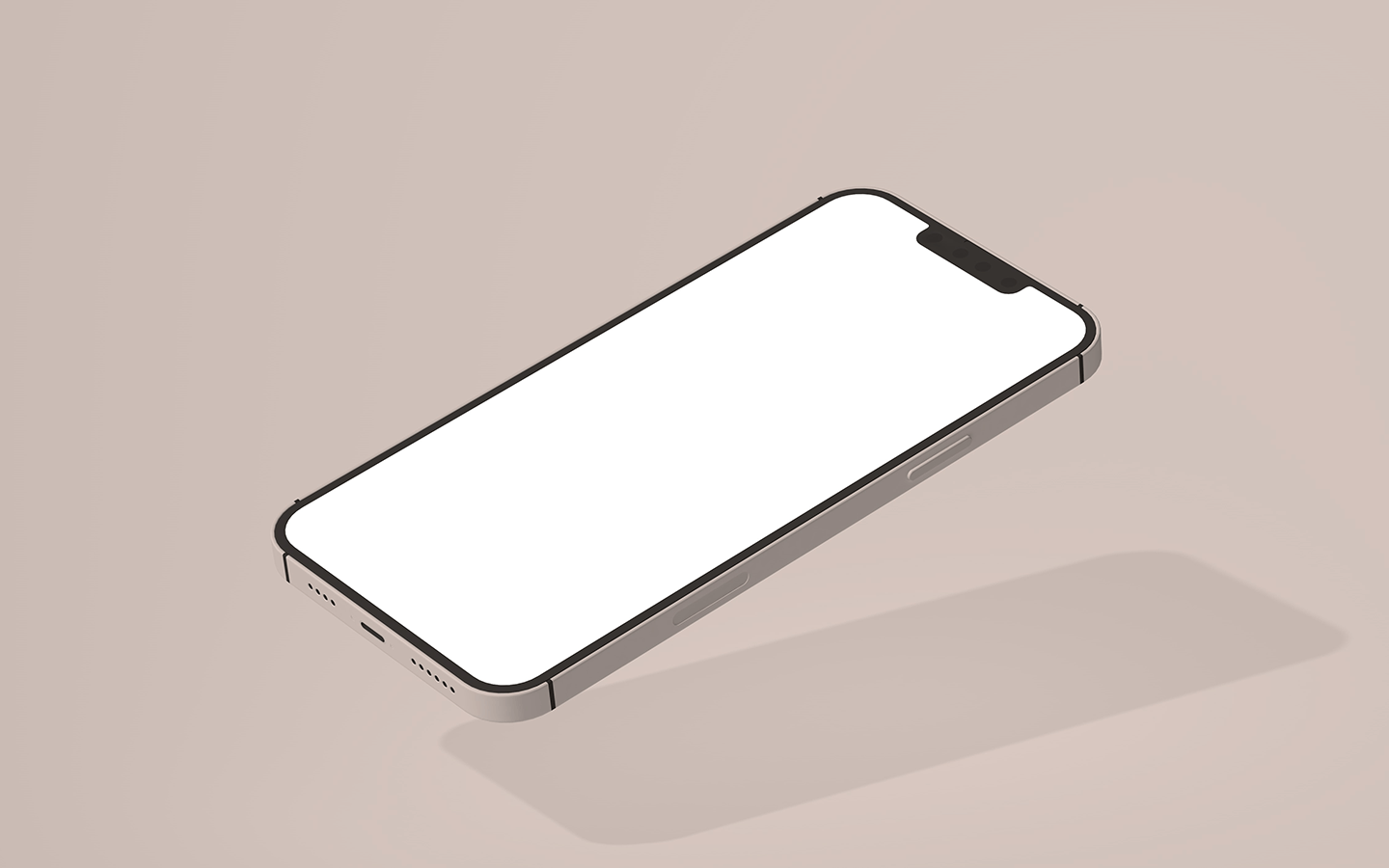Product Specification
Overview
This project aims to increase conversion by introducing a live chat in our app as a 5-week experiment.
Context
Goal
Test if live chat can profitably increase conversion.
Problem
Free-to-paid conversion rate is too low (~5%). Comparable services achieve 8-10% (source).
Prior support tickets and survey results show that unanswered questions and lack of clarity on certain pricing aspects may be partially responsible.
Adding a link to the FAQ section made no significant difference to the conversion rate.
Out of scope
Major UX changes.
Non-English chat support.
Design
Nuclino Tip
You can easily embed designs directly into Nuclino. Here's an example – use Figma to create and embed your own designs.
→ Details in: Design Document: Live Chat.
User experience
Button: Label it “Chat with us” and put it in the bottom-right corner of the app.
Behavior: On click, show the support agent’s name and profile picture, and display the first message “How can we help you today?”.
No auto-popup: We may try this later.
Tasks and timeline
2 Feb 2023: Testing in development environment: @Luke
About this template
VIEW ALLA product specification document defines the product you are about to build and acts as a central source of truth for your team. It forces the stakeholders to plan a feature release up front, increasing accountability, lowering the risk of delays, and adding transparency to communication. To put it simply: It helps you ship the right product with higher quality, speed, and predictability.
A product spec focuses on the "What", "Why", and "How" of the product you are building – namely its purpose, functionalities, and behavior. This includes your assumptions, hypotheses, user stories, design concepts, and so on.
We have put together an example of a product specification which can be copied and used as a template to gather specifications and get input from your team.



